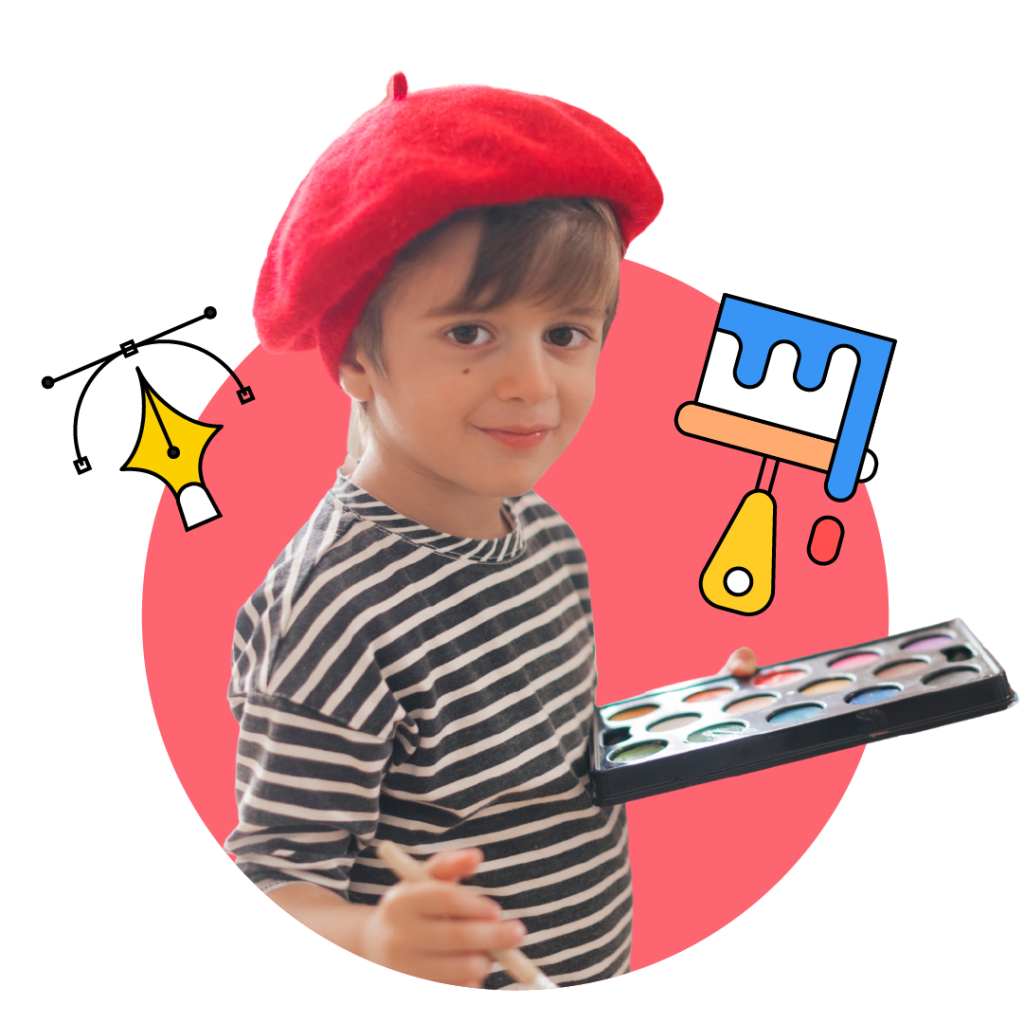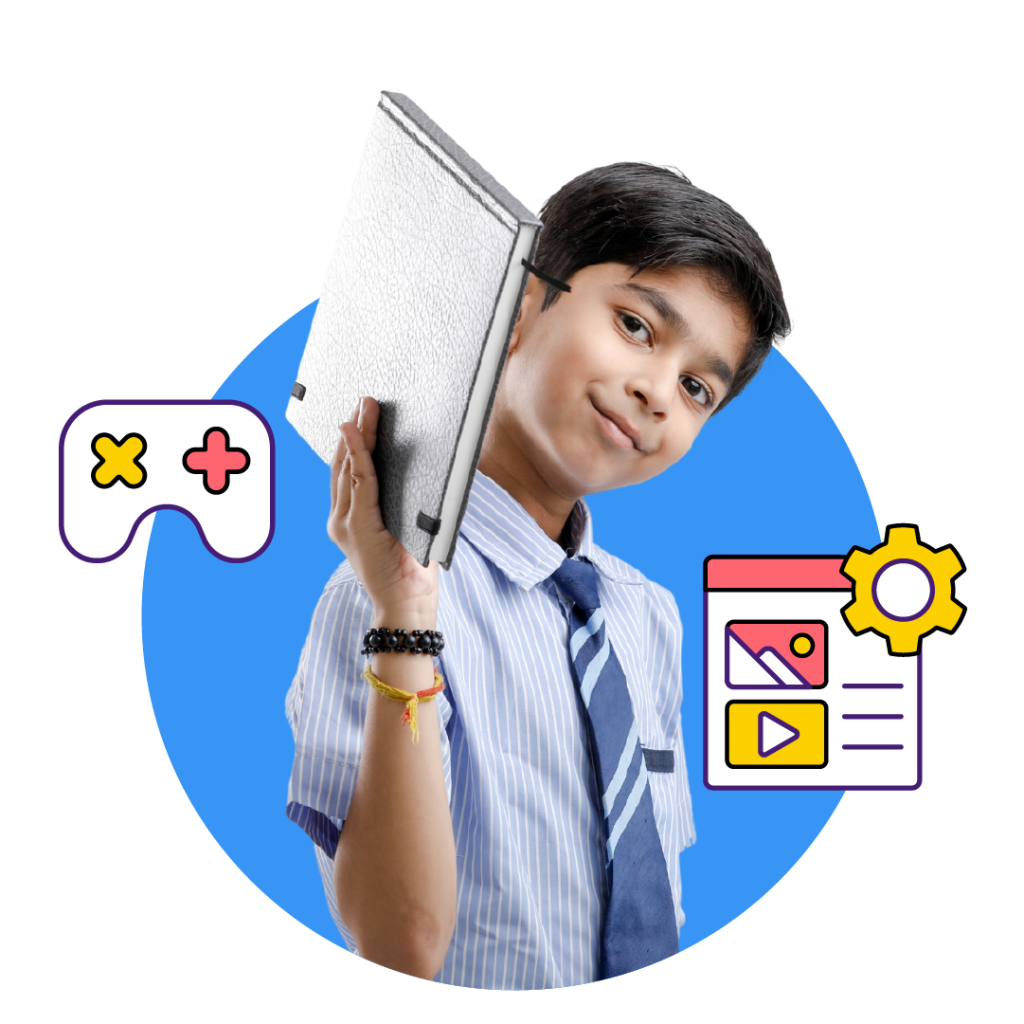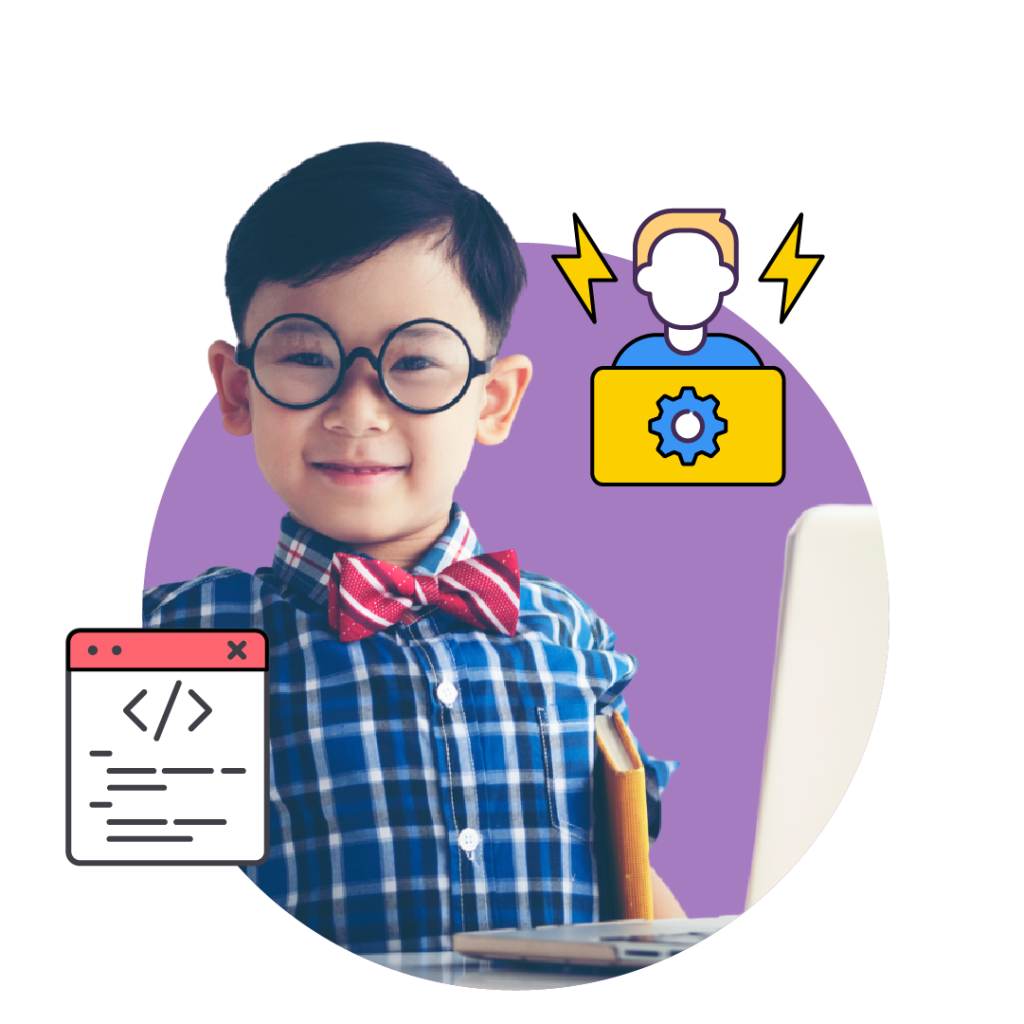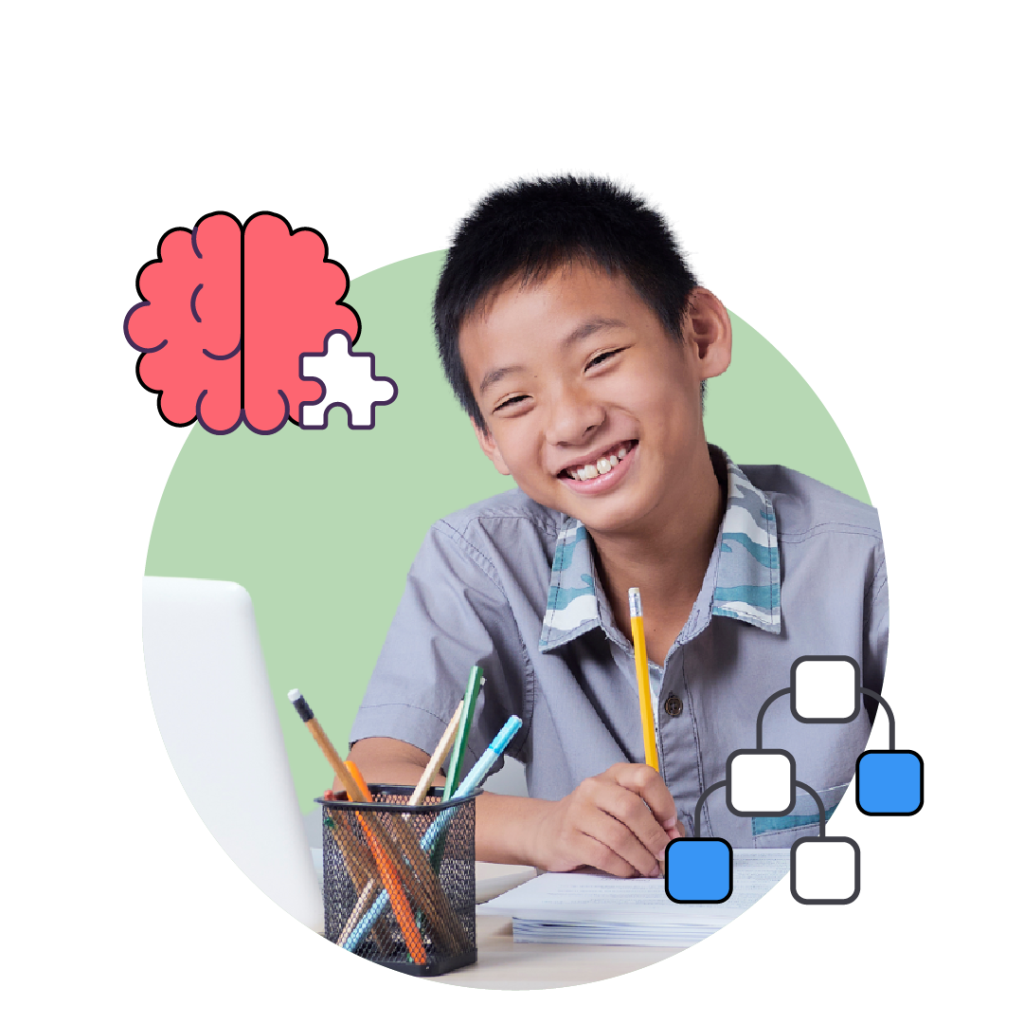Basic Scratch Coding
Learning coding for kids is not only beneficial towards future career prep, but also for building strong logical and creative thinking skills. But despite its clear benefits, how to get your student to start learning coding can still be confusing for many families.
What is Scratch?
Scratch is a graphical programming language developed by the Lifelong Kindergarten group at the MIT Media Lab. In Scratch, you can drag and combine code blocks to make a range of programs, including animations, stories, musical instruments, and games. It’s a bit like the programming equivalent of building blocks!
Scratch allows young people to learn coding concepts and create interactive projects without needing to learn a text-based programming language. You will not need to be able to type quickly or remember complex code to use Scratch.
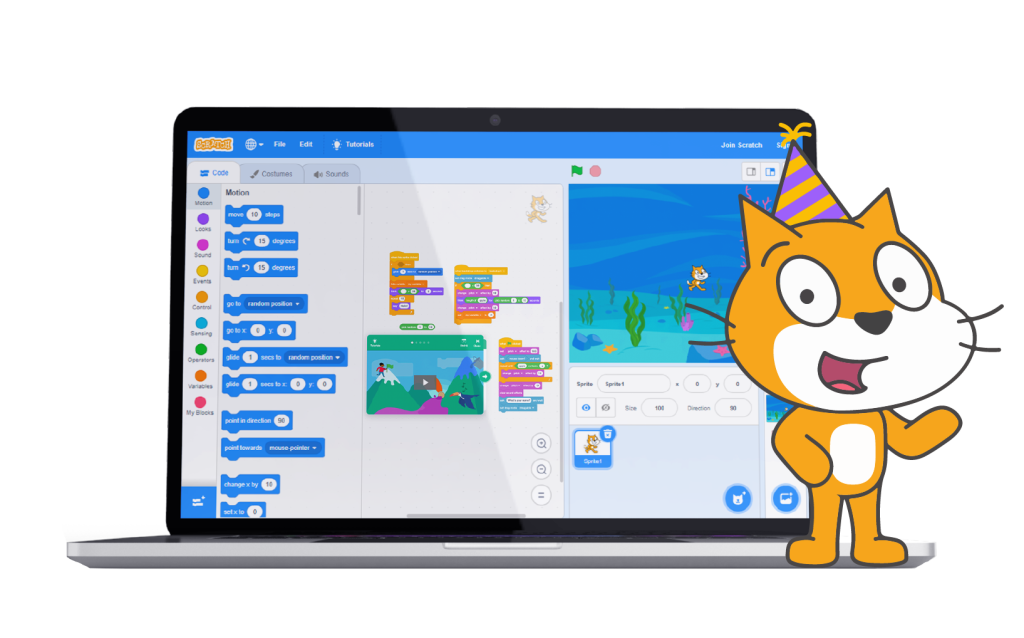

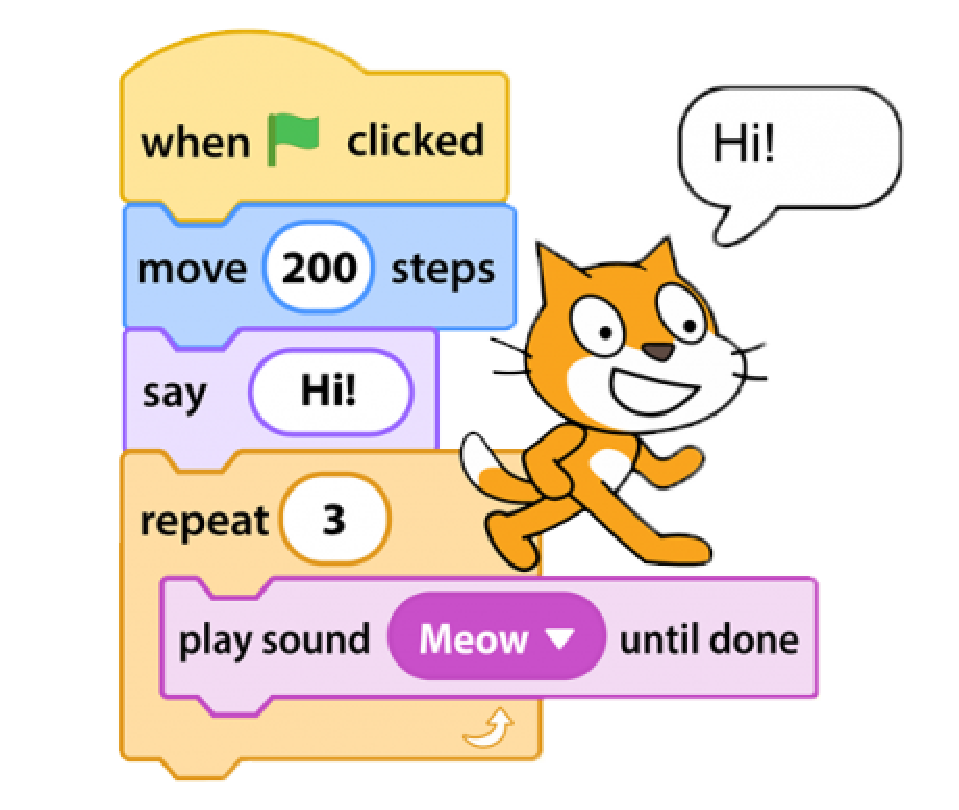
A Different Kind
of Coding Language
While Scratch may not look like it at first glance, it’s still definitely a real programming language. In fact, as of May 2020, Scratch ranked as the 19th most popular computer programming language in the world! At the same time, Scratch definitely differs greatly from the other programming languages on that list.
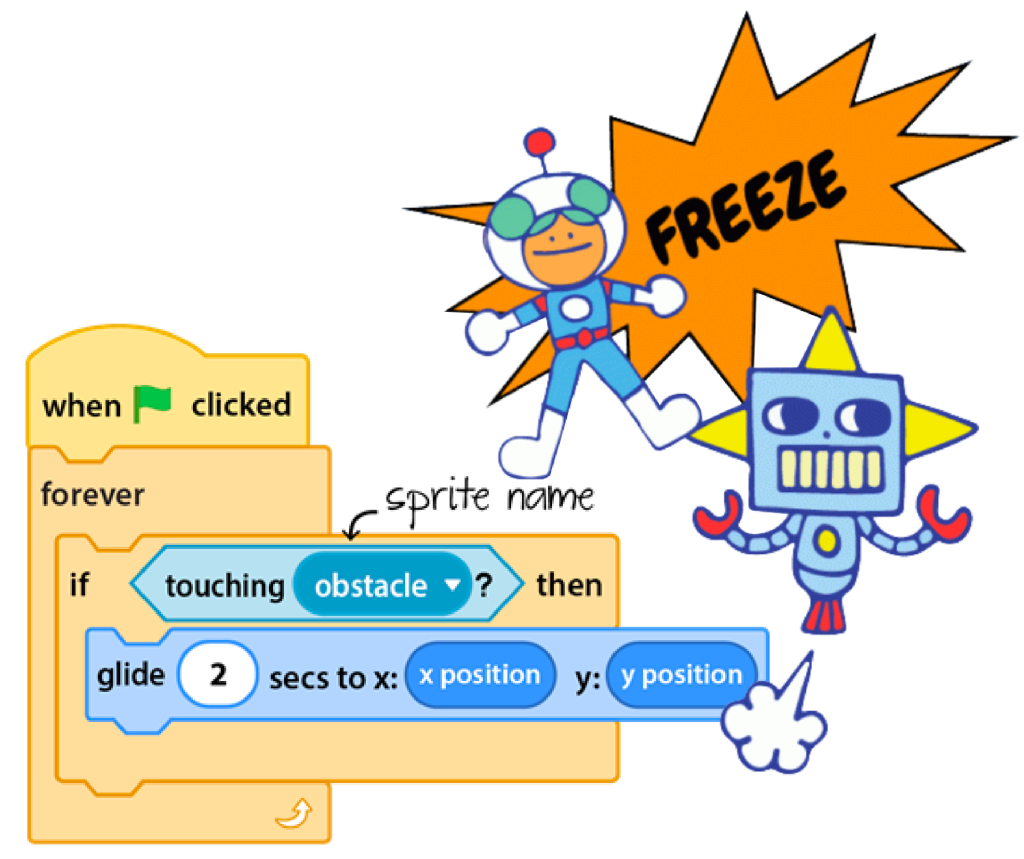
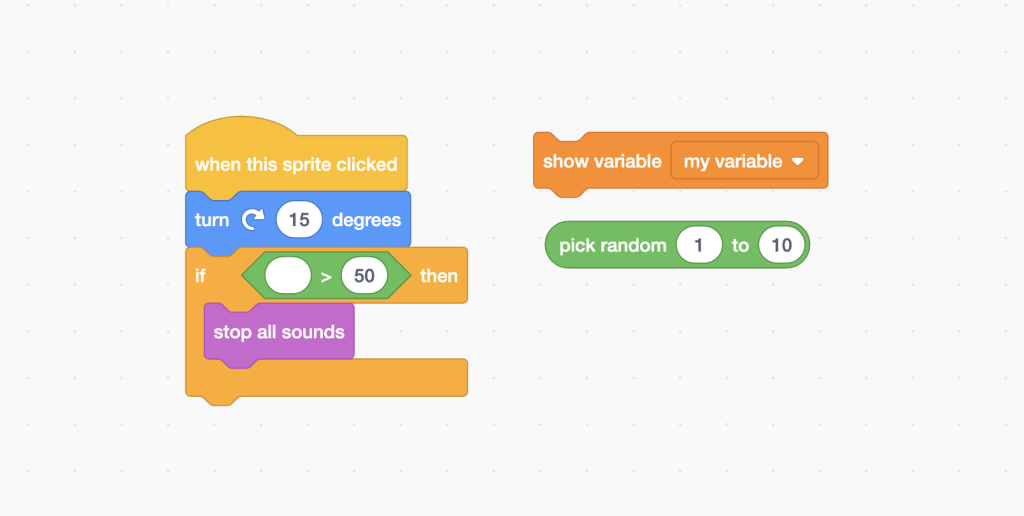
Scratch Onsite
-
What they learn :
-
60 mins per class, one class a week
-
Bring your own device (BYOD)
-
3-8 students per class
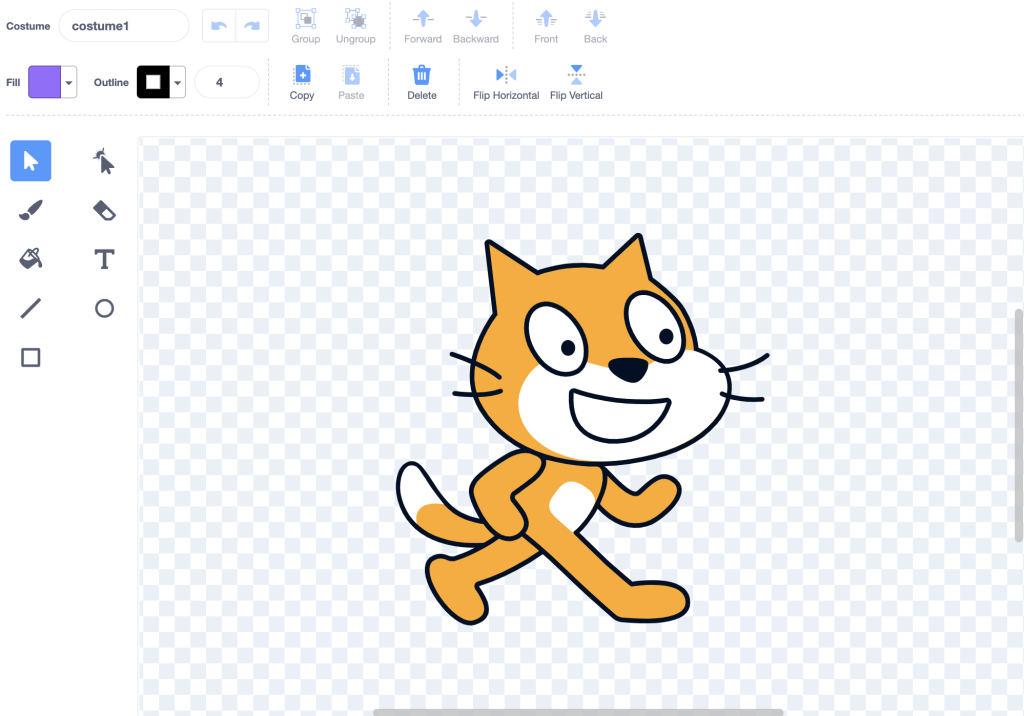
Scratch Online Group
-
What they learn :
-
60 mins per class, one class a week
-
Online two-way learning via Zoom
-
2-5 students per class
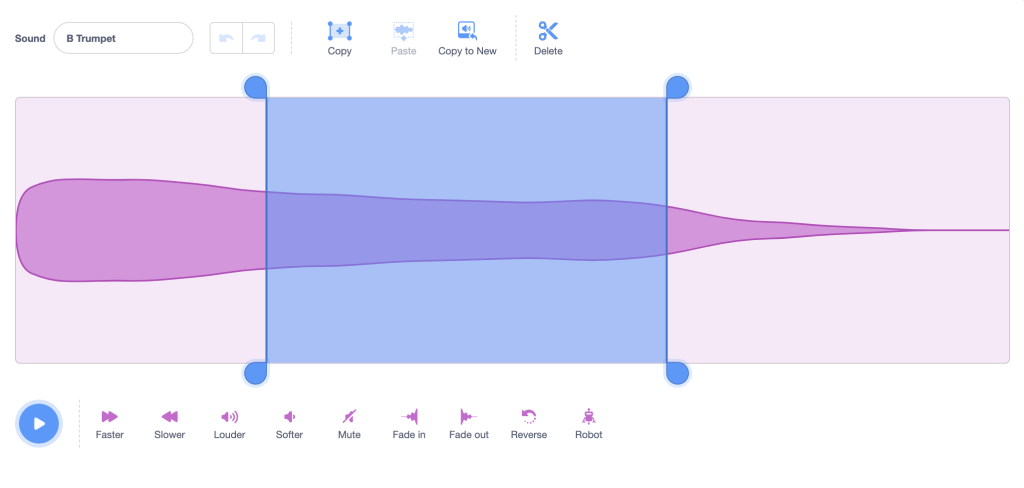
Scratch Online Private
-
What they learn :
-
45 mins per class, flexible class frequency & schedule
-
1-to-1 personalised learning
-
Suitable for younger kids who require more guidance, or kids who learn at an exceptional pace

Scratch Coding
Scratch also allows you to create your own interactive stories, making the platform creative and personalizable. Scratch’s interactive stories are different from the traditional storybook narratives we usually think about. While tales like “Red Riding Hood” tell someone else’s story, interactive stories in Scratch allow anyone playing the game to be the main character!
In addition to being a great entry point for anyone to jump into the world of coding, learning to code in Scratch also helps kids strengthen a variety of important life skills. While exploring the infinite possibilities for projects in Scratch, the following skills are repeatedly practiced and sharpened.

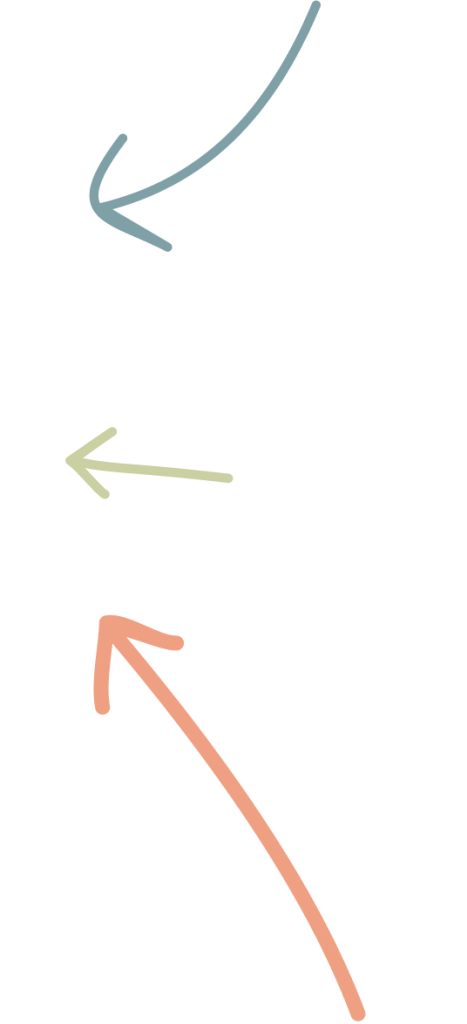
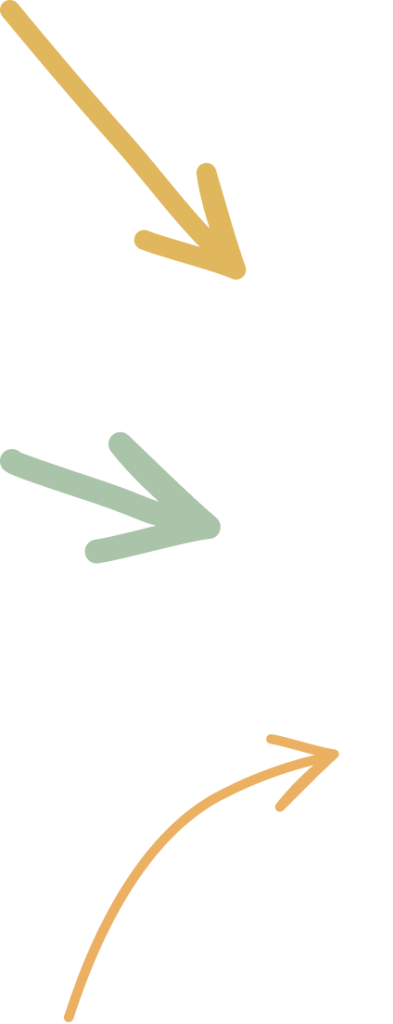
Dont Limit your
child's imagination,
Turn them into the
Creators of their own world
Our Newsletter
Sign up our newsletter to get the newest update from us!

